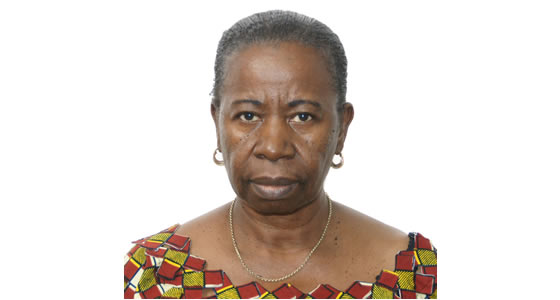The World Health Organization Fetal Growth Charts: A Multinational Longitudinal Study of Ultrasound Biometric Measurements and Estimated Fetal Weight
Torvid Kiserud , Gilda Piaggio , Guillermo Carroli, Mariana Widmer , José Carvalho, Lisa Neerup Jensen, Daniel Giordano, José Guilherme Cecatti, Hany Abdel Aleem, Sameera A. Talegawkar, Alexandra Benachi, Anke Diemert, Antoinette Tshefu Kitoto, [ … ], Lawrence D. Platt [ view all ]
Published: January 24, 2017http://dx.doi.org/10.1371/journal.pmed.1002220
Abstract
Background
Perinatal mortality and morbidity continue to be major global health challenges strongly associated with prematurity and reduced fetal growth, an issue of further interest given the mounting evidence that fetal growth in general is linked to degrees of risk of common noncommunicable diseases in adulthood. Against this background, WHO made it a high priority to provide the present fetal growth charts for estimated fetal weight (EFW) and common ultrasound biometric measurements intended for worldwide use.
Methods and Findings
We conducted a multinational prospective observational longitudinal study of fetal growth in low-risk singleton pregnancies of women of high or middle socioeconomic status and without known environmental constraints on fetal growth. Centers in ten countries (Argentina, Brazil, Democratic Republic of the Congo, Denmark, Egypt, France, Germany, India, Norway, and Thailand) recruited participants who had reliable information on last menstrual period and gestational age confirmed by crown–rump length measured at 8–13 wk of gestation. Participants had anthropometric and nutritional assessments and seven scheduled ultrasound examinations during pregnancy. Fifty-two participants withdrew consent, and 1,387 participated in the study.
At study entry, median maternal age was 28 y (interquartile range [IQR] 25–31), median height was 162 cm (IQR 157–168), median weight was 61 kg (IQR 55–68), 58% of the women were nulliparous, and median daily caloric intake was 1,840 cal (IQR 1,487–2,222).
The median pregnancy duration was 39 wk (IQR 38–40) although there were significant differences between countries, the largest difference being 12 d (95% CI 8–16). The median birthweight was 3,300 g (IQR 2,980–3,615). There were differences in birthweight between countries, e.g., India had significantly smaller neonates than the other countries, even after adjusting for gestational age. Thirty-one women had a miscarriage, and three fetuses had intrauterine death.
The 8,203 sets of ultrasound measurements were scrutinized for outliers and leverage points, and those measurements taken at 14 to 40 wk were selected for analysis. A total of 7,924 sets of ultrasound measurements were analyzed by quantile regression to establish longitudinal reference intervals for fetal head circumference, biparietal diameter, humerus length, abdominal circumference, femur length and its ratio with head circumference and with biparietal diameter, and EFW. There was asymmetric distribution of growth of EFW: a slightly wider distribution among the lower percentiles during early weeks shifted to a notably expanded distribution of the higher percentiles in late pregnancy.
Male fetuses were larger than female fetuses as measured by EFW, but the disparity was smaller in the lower quantiles of the distribution (3.5%) and larger in the upper quantiles (4.5%). Maternal age and maternal height were associated with a positive effect on EFW, particularly in the lower tail of the distribution, of the order of 2% to 3% for each additional 10 y of age of the mother and 1% to 2% for each additional 10 cm of height. Maternal weight was associated with a small positive effect on EFW, especially in the higher tail of the distribution, of the order of 1.0% to 1.5% for each additional 10 kg of bodyweight of the mother. Parous women had heavier fetuses than nulliparous women, with the disparity being greater in the lower quantiles of the distribution, of the order of 1% to 1.5%, and diminishing in the upper quantiles. There were also significant differences in growth of EFW between countries. In spite of the multinational nature of the study, sample size is a limiting factor for generalization of the charts.
Conclusions
This study provides WHO fetal growth charts for EFW and common ultrasound biometric measurements, and shows variation between different parts of the world.










